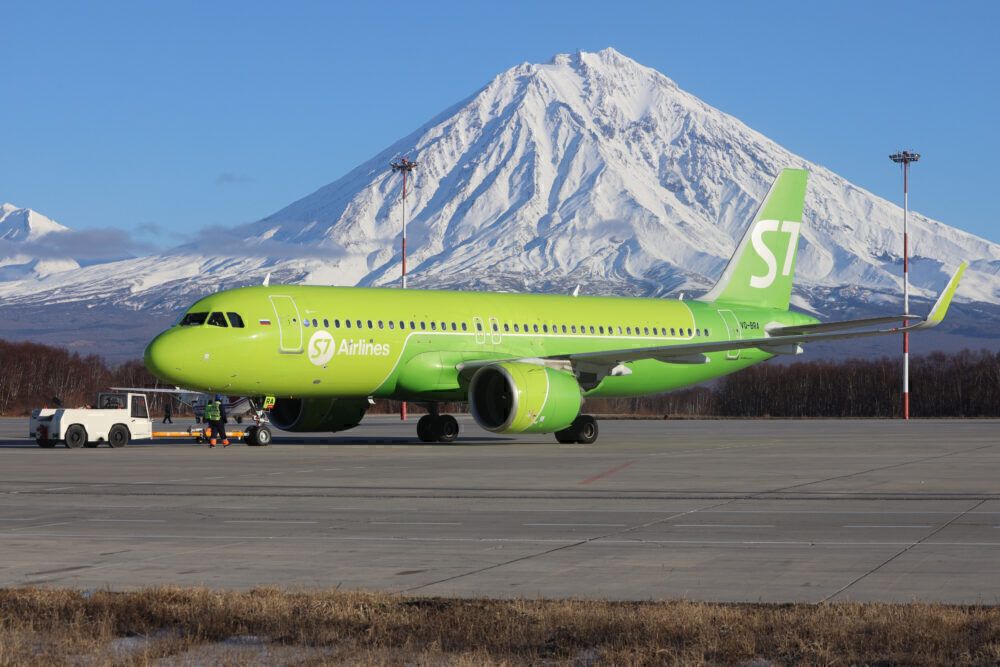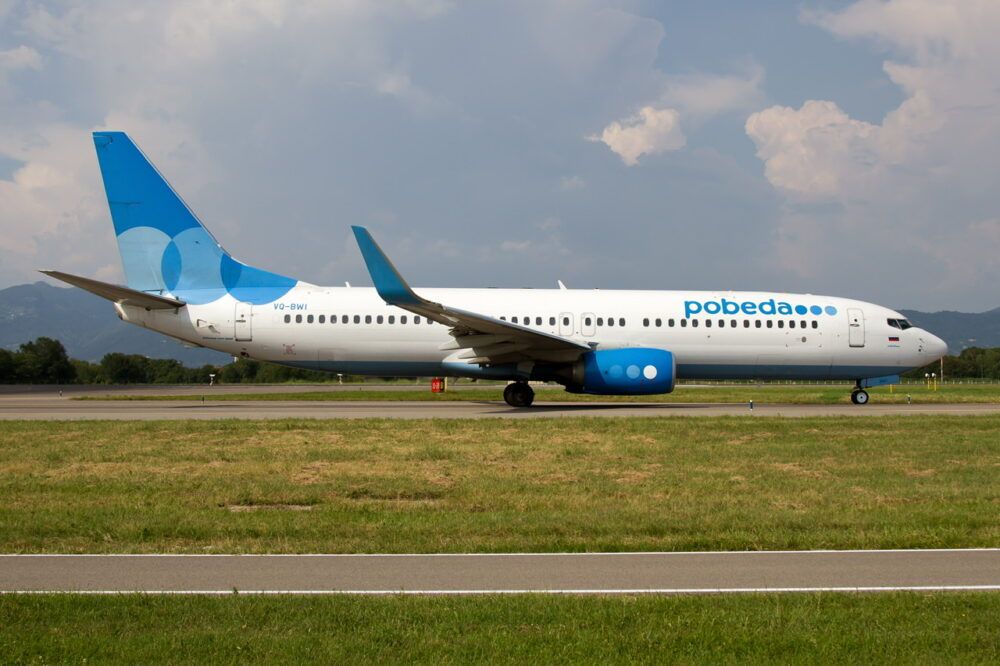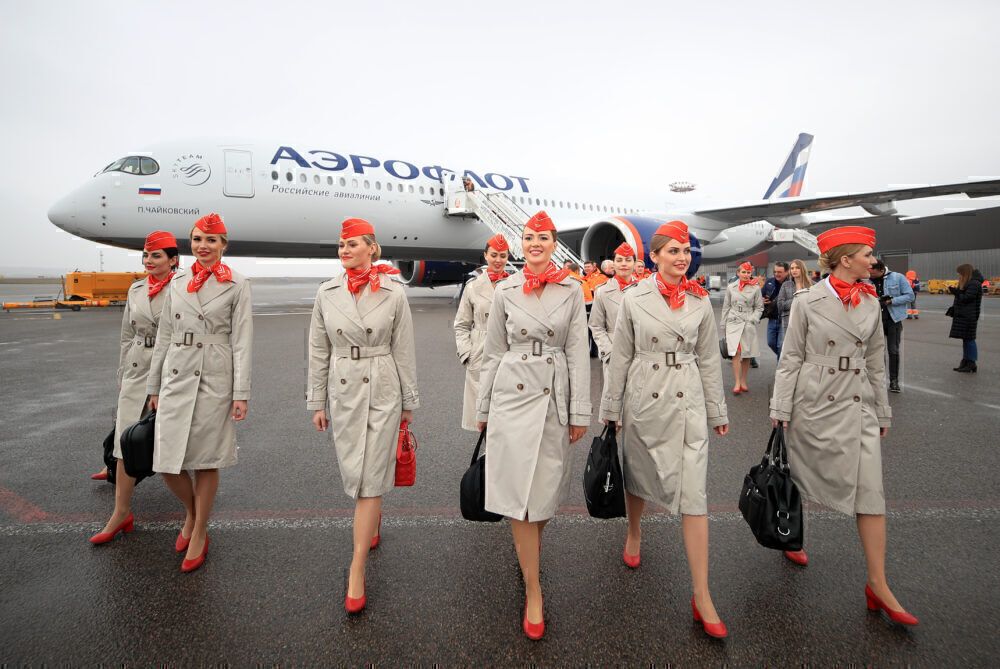On Monday, Russia's Federal Air Transport Agency - Rosaviatsia, released its preliminary passenger numbers for February 2021. As expected, the levels of 2020 are still far away, with figures tallying in at 5.1 million passengers - a 37% decrease year-on-year. However, it is possible to discern a tentatively hopeful trend towards recovery.
Figures moving in the right direction
In December, the decline was 43%. In January, usually a very busy period for Russian aviation with the countrywide week-long New Year holidays, it rose to 38%. While the one percent gained in the following month may not seem so significant, any sustained positive trend is cause for optimism.
Revenue passenger kilometers (RPK) also jumped slightly, from 53% less in January to 51% in February, with 10.22 billion in total for the second month of the year. For the tenth month in a row, Siberian private airline S7 was in the lead with 1.06 million passengers in February, down 15% since last year.
However, it is not the month's biggest winner. According to Rosaviatsia's own news service, Aeroflot low-cost subsidiary Pobeda actually increased its RPK by 3% compared to the same period last year.
Stay informed: Sign up for our daily and weekly aviation news digests!
Aeroflot in second place, Rossiya in fifth
Meanwhile, its parent carrier Aeroflot saw its figures drop 60% from the previous years, serving only 993,000 passengers. It was still the second-largest airline in the country for February. The airline, which posted a $1.3 billion loss for 2020, is shifting gears to focus on being a long-haul and premium route carrier.
Most domestic routes will be transferred to St Petersburg-based Rossiya Russian Airlines, along with the carrier's Russian-built Sukhoi Superjet 100s and orders for the MC-21. Rossiya was fourth in number of passengers carried last month, serving 400,000 people, down 21% from the previous year.
Aeroflot's medium-haul routes will go to Pobeda, along with the airline's Boeing 737-800s. The transfer of ten of the aircraft to the Russian flag carrier's low-cost branch was approved only days ago. As part of the Group's recalibration strategy, Pobeda will move some flights from Moscow's third airport, Vnukovo, to the busier Sheremetyevo in May.
In fourth place was another privately owned carrier - Ural Airlines. It beat Rossiya with 3,000 passengers, coming in at 403,000. However, this was small comfort as figures were still down by 33% compared to last year.
Domestic traffic close to recovery
Domestic travel already recovered once before. By the end of August 2020, Russian domestic traffic had made a near-full recovery compared to pre-pandemic levels. While international borders remained closed, many Russians holidayed closer to home (closer being a relative term, one can travel pretty far within Russia's borders). The Aeroflot Group as a whole then carried 3.6 million domestic passengers, only 0.4% less than in 2019.
Meanwhile, for February, domestic traffic was down by 8.7% compared to last year. International flights remain at abysmal levels, however, with a decline of 55.8%.
Do you think the upward trend in Russian air travel will continue? How much is it driven by the Sputnik V vaccinations picking up speed? And how long will S7 remain on top? Tell us in the comment section.



